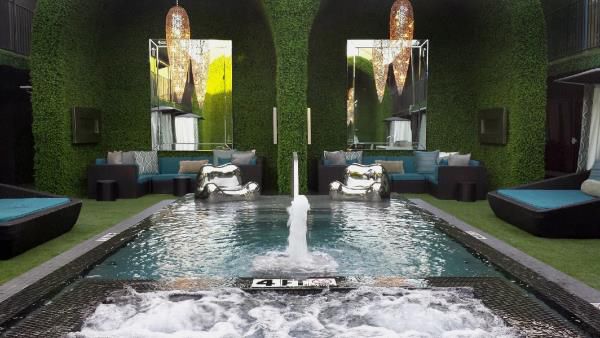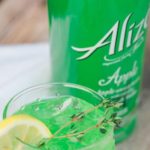
(StatePoint) One of the elements that can greatly enhance the value and enjoyment of a home is beautiful landscaping. But with certain parts of the country facing water restrictions, and many others simply wanting to go green, both residential and commercial property owners are finding it increasingly difficult to keep lawns and hedges thick, green and free of dead zones.
“Many builders and decorators have begun incorporating artificial vegetation in their landscaping treatments, both to sidestep new watering regulations and reduce environmental impact,” says Dallas-based real estate developer, Braden Power of Power Properties. “Although most people haven’t yet begun to notice, ‘faux foliage’ is now sprouting up in various renovation projects around the country, including exclusive hotels and country clubs.”
Power says the new trend to use simulated greenery in building projects is about more than just water conservation:
“Simulated plants are very environmentally friendly,” says Power. “Because insects aren’t attracted to them, there is no need to spray pesticides, so there is zero contamination of the soil and groundwater. And because fertilizer is not used, there isn’t a problem with nitrate runoff into nearby streams and lakes. When simulated grass is used, there is no monthly lawn service to pay for, nor is there any pollution from gasoline powered mowers, hedge clippers, or leaf blowers.”
Despite the environmental benefits, Power says most people who hear the term “artificial plants” are at first quite skeptical, especially when “artificial grass” is mentioned.
“People usually conjure an image of the artificial turf they use on football fields, but they don’t realize that there are hundreds of artificial grass options, varying in color, texture, density, and durability — similar to ratings of carpeting,” says Power. “There’s even a line with multi-colors and a ‘dead grass’ look at the base for realism; and it’s very soft on the feet.”
Power says he acquired a hands-on education in the use of artificial vegetation during the renovation of a courtyard apartment building in east Dallas.
“We named the building ‘The Greenhouse’, which is ironic, because although it now has the appearance of a lush botanical garden, there are only two live plants on the entire property,” says Power. “The grass, trees, ferns, privacy hedges, vines and leafy ground vegetation are all stunning simulations.”
Power, who has been renovating multi-unit residential properties for 25 years, says through his exterior design service Bel Air Outdoor Living, he is available to consult with architects, developers and builders who are seeking ideas and resources for “going green” in their next construction or renovation project. To learn more visit powerproperties.com or belairoutdoorliving.com.
“With a little imagination and the right materials, it’s easy to create an enchanting eco-friendly, ‘drought-proof’ oasis on virtually any property — one that doesn’t require watering, pesticides, or continual maintenance,” says Power.






